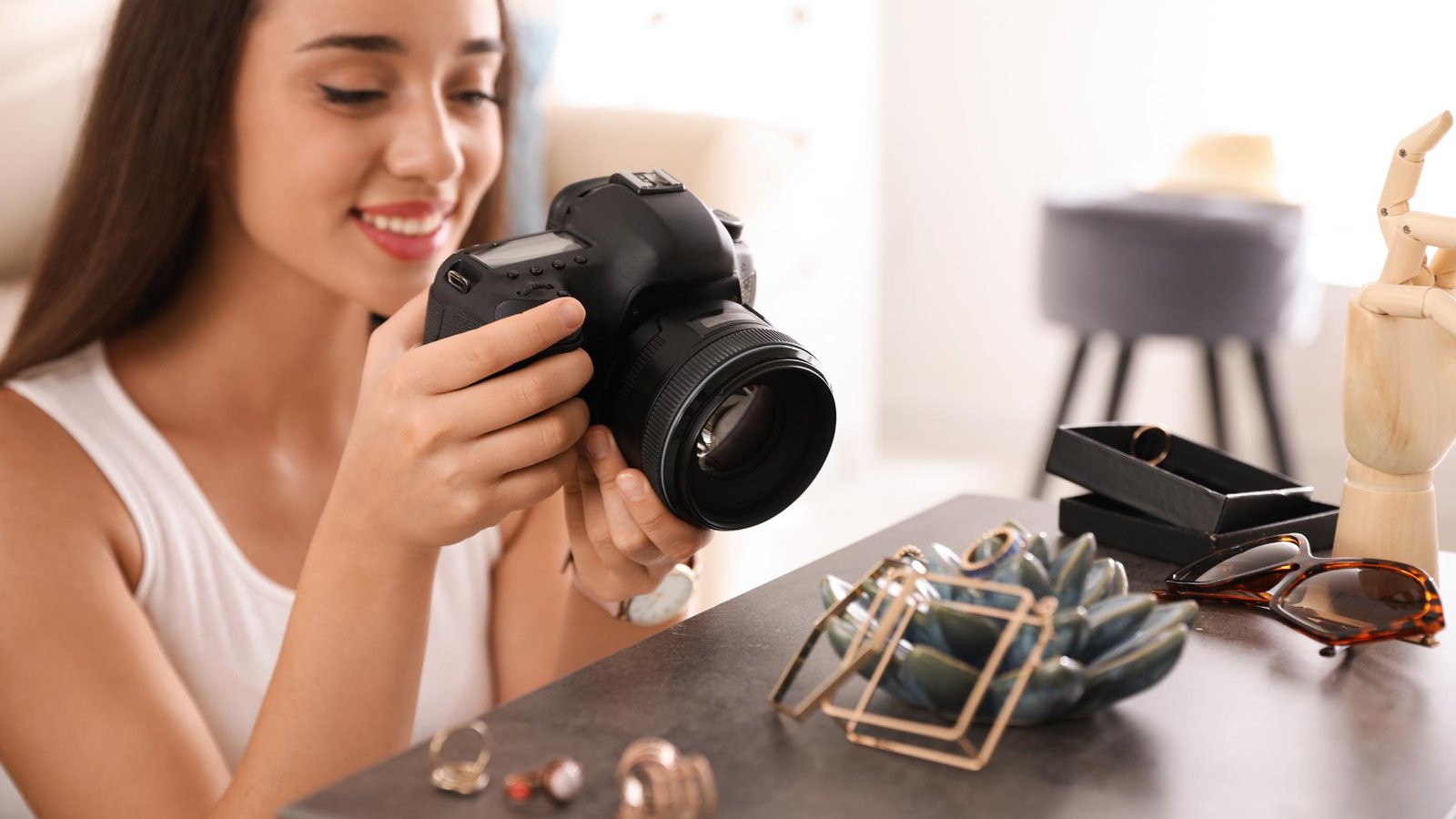In the digital age, product photography has ascended to the forefront of marketing strategies, transforming the mundane into the magnificent. It’s not just about taking a picture; it’s about crafting an image that tells a story, evokes emotions, and convinces consumers to buy. Whether you’re a budding photographer aiming to hone your skills or a business owner seeking to showcase your products, understanding the art and science behind product photography is critical to capturing brilliance.
The Essentials of Product Photography
Understanding Your Equipment
The first step to mastering product photography is familiarizing yourself with your camera and its capabilities. You don’t need the most expensive camera on the market, but knowing how to use your camera to its fullest potential is crucial. Experiment with different settings, understand the importance of lenses and recognize the power of manual mode. It’s not the camera that makes the photograph, but the person behind it.
Lighting: The Make or Break Factor
Lighting can either elevate your product to stardom or cast it into the shadows of mediocrity. Natural light is a gift that offers soft, diffused lighting, perfect for highlighting the natural beauty of any product. However, not all products thrive under the sun’s rays, and this is where artificial lighting steps in. Learning to manipulate light sources, whether through softboxes, LED panels, or even simple reflectors, can dramatically change the look and feel of your product.
Composition and Background
The stage upon which your product stands can make all the difference. A cluttered or distracting background can detract from the product, while a more complex background may fail to convey the desired atmosphere. The rule of thirds, leading lines, and negative space are compositional techniques that can enhance your product photography. Remember, the goal is to make the product the star of the show.
Advanced Techniques and Trends
Embracing Technology: The Role of Editing Software
In product photography, capturing the perfect shot is only half the battle; the other half is fought on the digital battlefield of editing software. From adjusting exposure and contrast to removing blemishes and adding creative effects, editing software is an invaluable tool for photographers. It allows for the refinement and enhancement of images, ensuring that the final product is seen and felt.
The Power of Storytelling
Beyond technical skills, the ability to tell a story through a single image sets great product photographers apart. It’s about creating a narrative that resonates with your audience, connecting them to the product. This could involve setting up scenes, using models, or incorporating elements that reflect the lifestyle or values associated with the brand. The goal is to evoke emotions and create a lasting impression.
In the bustling city, where creativity meets commerce, a particular Melbourne product photographer stands out for their ability to weave narrative and technique seamlessly. Their work exemplifies the pinnacle of product photography, where every shot tells a story, and every product is cast in the best possible light. Professionals like these remind us of the potential within every shot to captivate and convince.
Staying Ahead: Trends and Innovations
Product photography is ever-evolving, with new trends and technologies emerging regularly. From 360-degree photography to augmented reality experiences, staying informed about the latest developments can provide a competitive edge. Embracing these innovations showcases your adaptability and opens up new avenues for creativity and engagement.
Building Your Brand as a Product Photographer
Creating a Portfolio That Speaks Volumes
Your portfolio is your voice in the visual world. It should reflect your style, skills, and the diversity of your experience. Highlight your best work, including various products and settings, to demonstrate versatility. A well-curated portfolio can open doors and attract clients, making it an essential tool for aspiring photographers.
Networking and Collaboration
Building relationships with other photographers, businesses, and creative professionals can lead to opportunities and collaborations that might not have been possible alone. Attend workshops, join online communities, be bold, and reach out to others in your field. Collaboration can lead to innovation and growth, pushing you to explore new perspectives and techniques.
Continuous Learning and Improvement
The journey to mastering product photography is continuous, marked by lifelong learning and adaptation. Invest in workshops, online courses, and books to deepen your understanding and refine your skills. Keep experimenting, seeking feedback, and challenging yourself to step outside your comfort zone. The pursuit of excellence is a never-ending journey that is rich with rewards.
Conclusion
Mastering product photography is more than just taking pictures; it’s about storytelling, technical skill, and constant innovation. From understanding the basics of equipment and lighting to embracing editing software and storytelling, each element plays a crucial role in capturing the essence of a product. Whether you’re inspired by the work of a Melbourne product photographer or the latest trends in the industry, remember that the path to brilliance is paved with dedication, creativity, and an unwavering commitment to your craft. In the end, product photography is not just about showcasing items; it’s about capturing the imagination of the viewer, one brilliant shot at a time.
